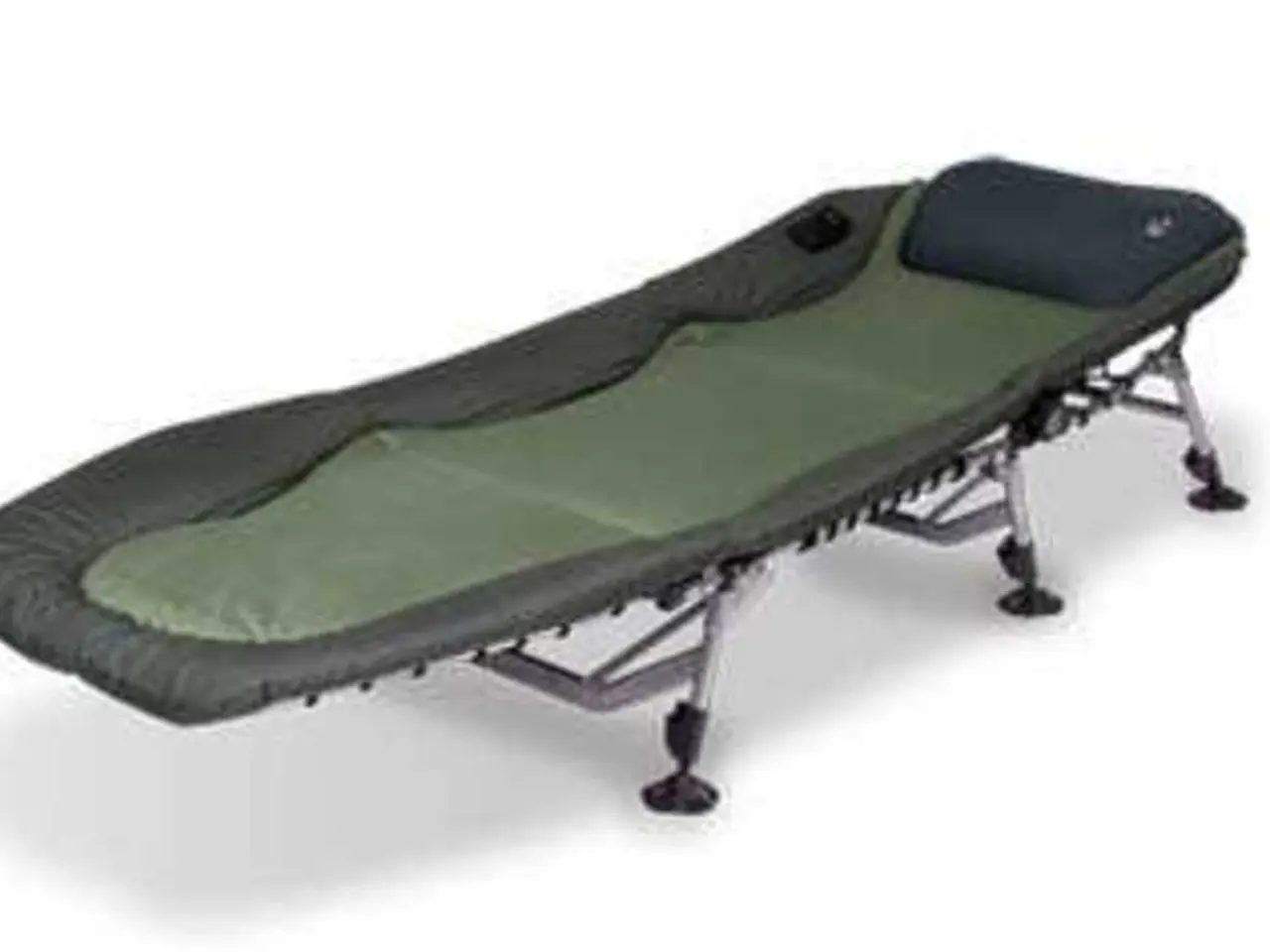Relieving Sciatica Through Top 3 Effective Workouts
In a groundbreaking series, editor Olaf Zimmermann of "Politik & Kultur" and the German Cultural Council (Deutscher Kulturrat) delves into the world of sciatica, a common condition affecting 40 million Americans every year. This article focuses on the three key exercises that can provide lasting relief, along with dietary and lifestyle changes.
The Power of Adequate Hydration
Proper hydration plays a crucial role in maintaining the health of intervertebral discs, ensuring they retain their height and cushioning capacity. Staying hydrated is an essential foundation for alleviating sciatica.
Active Exercise Therapy: The Key to Long-Term Relief
Targeted exercise therapy has been shown to provide 78% more lasting relief than passive treatments alone. The three exercises we will discuss work synergistically to decompress the sciatic nerve, reduce muscle tension, improve spinal alignment, and enhance nerve mobility.
Nerve Mobilization Therapy: Creating Space for the Sciatic Nerve
Nerve mobilization therapy focuses on creating space and reducing pressure around the sciatic nerve through targeted movements. This therapy is a breakthrough in managing sciatica, offering a more active and effective approach.
Pelvic Tilts: Reinforcing Spinal Alignment
Pelvic tilts can be performed at the end of the day to reinforce proper spinal alignment before sleep. This exercise reprograms the body's default movement patterns and activates deep core stabilizers, reducing mechanical stress on the sciatic nerve.
The Standing Hamstring Stretch: Encouraging Nerve Glide
The standing hamstring stretch encourages the sciatic nerve to glide more freely through the tissues surrounding it. This stretch can be used as a mid-day movement break, especially if one spends long hours sitting.
Anti-Inflammatory Foods: Minimizing Inflammation
Anti-inflammatory foods like fatty fish, leafy greens, berries, nuts, seeds, and dark chocolate help minimize the inflammatory response that contributes to nerve irritation. Incorporating these foods into your diet can support your overall sciatica management plan.
Knee-to-Chest Stretch: Counteracting Morning Stiffness
Performing the knee-to-chest stretch immediately upon waking can counteract stiffness that accumulates during sleep. The knee-to-chest position creates posterior pelvic tilting, which opens up the spaces between lumbar vertebrae, reducing pressure on the sciatic nerve.
Magnesium-Rich Foods: Supporting Muscle Relaxation and Nerve Function
Magnesium-rich foods, such as nuts, seeds, and dark chocolate, support muscle relaxation and nerve function, further aiding in sciatica management.
Phases of Recovery: Strength Building, Neural Adaptation, and Integration and Stabilization
Recovery from sciatica is a journey with distinct phases. During the Strength Building Phase (Week 3-4), the primary focus is increasing exercise duration and frequency, with the key milestone being walking for 20+ minutes without significant discomfort.
The Neural Adaptation Phase (Week 1-2) focuses on establishing consistent movement patterns, with the key milestone being the ability to perform all three exercises without increased pain.
During the Integration and Stabilization Phase (Week 5-8), the primary focus is incorporating movements into daily life to prevent recurrence, and the key milestone is participation in recreational activities without fear of triggering symptoms.
Cold and Heat Therapy: Managing Acute Flare-Ups
Cold therapy works best during acute flare-ups, reducing swelling around compressed nerve tissues, while heat therapy increases tissue flexibility and blood flow before exercises.
Modification is Key
If any of the three exercises initially increase pain, modification is key. For example, for knee-to-chest sensitivity, reduce the range of motion and hold time, focusing on gentle pressure rather than maximum stretch.
Integrating Therapeutic Movements into Daily Life
Integrating the therapeutic movements into a daily routine can provide better results. By staying committed to these exercises and lifestyle changes, you can effectively manage sciatica and improve your overall quality of life.






